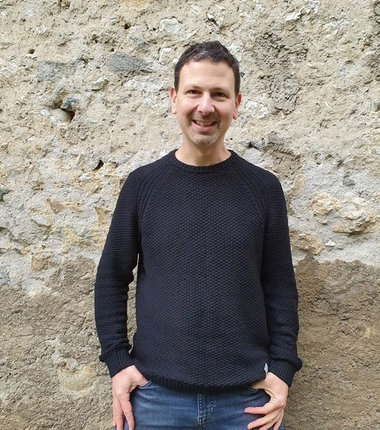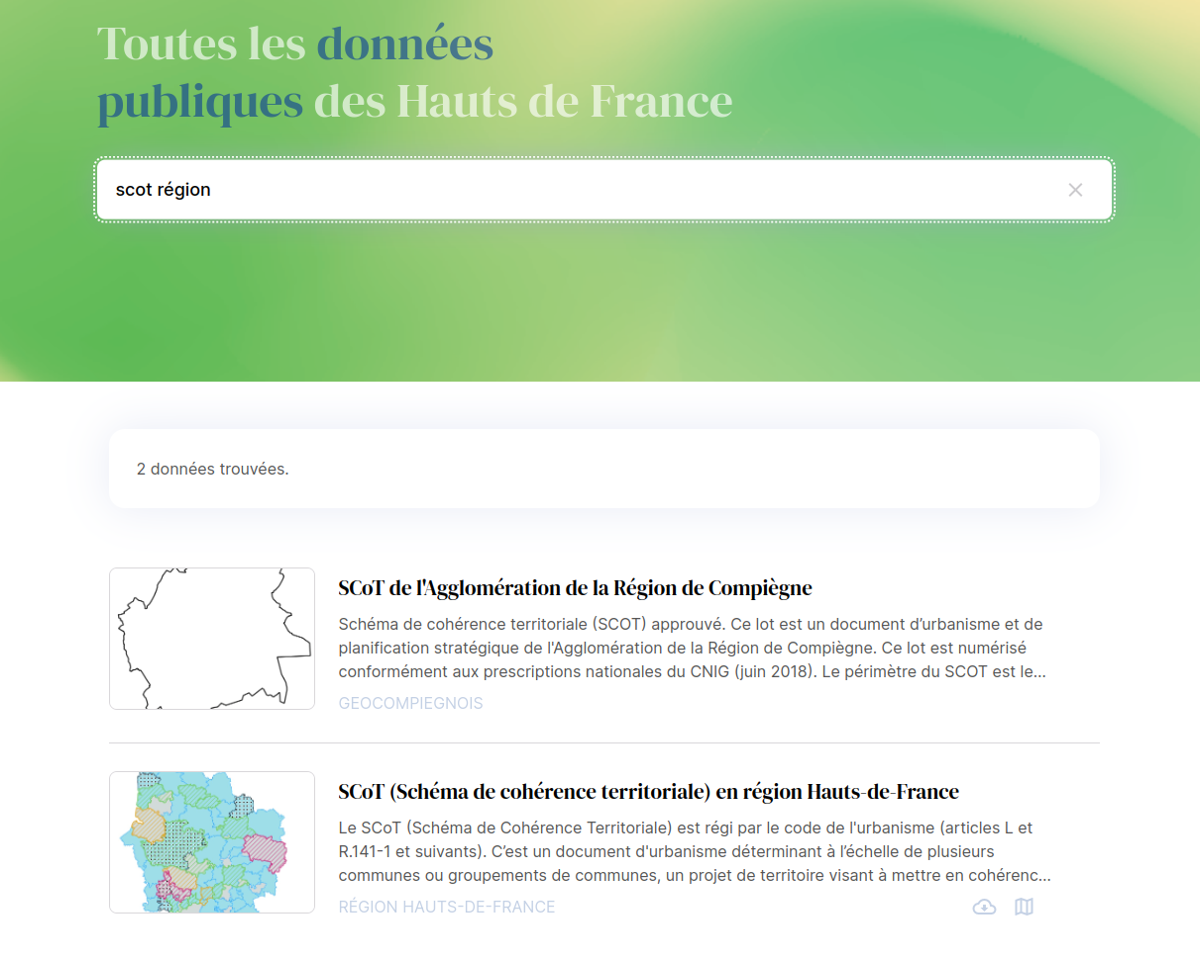Open Data or INSPIRE…
why choosing?

François Van Der Biest
Indeed, why choosing between an INSPIRE catalog and an OpenData catalog when a single one can meet both requirements?
Historical context
Please allow for a short flashback to put things into perspective.
Our customer, the Geo2France platform, has had a GeoNetwork-powered catalog for a long time, which meets the goals of the INSPIRE directive. This catalog instance is part of a wider spatial data infrastructure built on top of the well known geOrchestra Open Source SDI.
Back in 2016, the French “Law for a Digital Republic”, aka “Lemaire's law”, was announced. It was a strong incentive for those who managed digital data to share it widely through “Open Data portals”.
So does the Geo2France platform. In 2019, a shiny new CKAN-based Open Data portal adds up to the collection of SDI modules.
The goal was to offer a unified vision of open datasets coming from the region, by aggregating sources: mostly partners having their own Open Data portals, in addition to the existing geodata coming from the local GeoNetwork instance.
It has to be admitted that this didn’t work as expected: harvesters were tedious to set-up, and the maintenance burden was too high. Also, the user experience was bad, even though we had gone through a complete UI revamp. As a result, this project did not go further than the proof of concept.
Re-Design
Last year, the Hauts-de-France Region, which manages the Geo2France platform, decided to join the efforts of other partners to upgrade their SDI platform to GeoNetwork 4. This move allowed us to build upon the brand new GeoNetwork-UI library to offer a modern Open Data portal, in addition to moving from a geo-only catalog to a dataset-agnostic one.
Efforts were made both on the backend and frontend. Backend-side, we investigated the DCAT extension and ported the newly implemented JSON harvester into production, which allowed us to access data natively from ArcGis, OpenDataSoft & CKAN instances. This work was truly decisive when it comes to building a unifying catalog.
For the frontend revamp, we carried on interviews with lots of different users. This lead us to a brand new UI design, where data and core metadata are presented in a unique, clean view.
The search engine is deliberately reduced to its simplest form: a search bar and infinite scrolling. The idea here: optimise ranking in order to bring most meaningful datasets to the top.
To build these new UIs, we contributed to the geonetwork-ui library, which we had previously open-sourced for the Haute Loire Department’s Datafeeder project.
The new module was named “datahub” for its abilities to aggregate data from multiple sources. Although still in heavy development, it is now available not only for the geOrchestra SDI users, but also for any GeoNetwork 4-based catalog.
It has already been deployed to the Geo2France data platform (https://www.geo2france.fr/datahub/), and very soon to Saint Dizier’s too. Other customers are also showing lots of interest for this brand new approach, and we can already envision a bright future!

Outlook
Please note these are only the first steps in redefining what a catalog should be and look like for “normal humans”. Starting this summer, we are planning to work on a novel approach to metadata editing with the technical context of geonetwork and geonetwork-ui.
Also in our backlog: a better integration with your data. We’d like to provide your users with a convenient API and all the necessary tools to visually interact and explore the dataset from within their browser. Stay tuned!
Interested to learn more?
Please don't hesitate to contact us using the form below!
Career
Interested in working in an inspiring environment and joining our motivated and multicultural teams?
- Senior Infrastructure Engineer (m/f/d) - Zurich/Olten
- ERP Consultant Odoo Smartcamp (m/f/d) - France
- IT Project Manager (m/f/d) - Zurich/Olten
- GIS Technical Consultant (m/f/d) - Zurich/Olten
- ERP Consultant Odoo Smartcamp (m/f/d) - Zurich/Olten
- Odoo Developer Internship (m/f/d) - Chambéry
- Odoo Developer (m/f/d) - Olten/Zurich/Munich
- ERP Project Manager (m/f/d) - France


